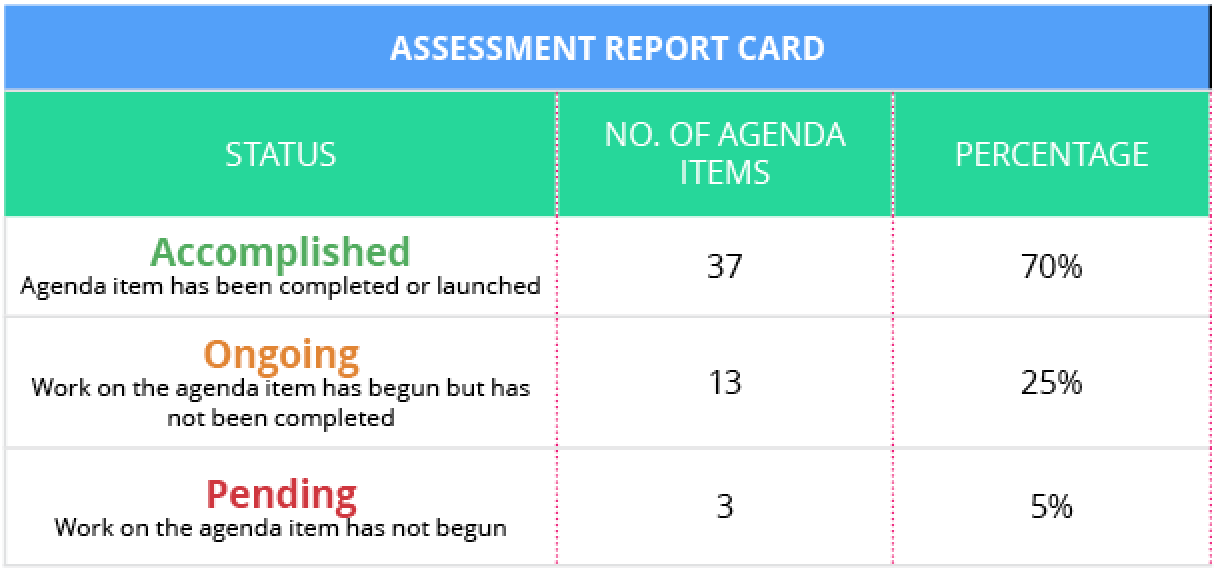About this Roadmap
The Need for an Updated Roadmap
The Philippine government has long since recognized the role of e-Commerce in the country and has supported this with the creation of the Electronic Commerce Act (Republic Act No. 8792) in the year 2000. Since then, efforts have been made to promote electronic transactions and create a safer environment for online consumers and merchants. These were aggressively pursued with the creation of the last e-Commerce roadmap.
The Philippine e-Commerce Roadmap 2016-2020 presents the Philippines’ strategic plans, policies, and other support measures to harness the benefits of e-Commerce for the country. Its main objective was to pave the way for e-Commerce to contribute 25% to Philippine gross domestic product (GDP) by 2020, and with this incorporated action plans based on key areas highlighted in the Asia-Pacific Economic Cooperation (APEC) Digital Prosperity Checklist.
These include:
- Infrastructure: The need for an appropriate supply chain, communications, and applications infrastructure;
- Investment: The ability to promote and support a range of investment opportunities from Foreign Direct Investment (FDI) to capital flows;
- Innovation: The ability to foster and support innovation, including the capacity to protect innovation and investment in research and development;
- Intellectual Capital: The ability to foster the appropriate skills and training from technological to linguistic to entrepreneurship;
- Information Flow: he ability to use, transfer, and process information – the currency of the digital economy – while promoting privacy and a trusted Internet environment; and
- Integration: The ability to connect domestic industries with the global economy.
While the last roadmap gave special focus on creating foundational policies for e-Commerce, this roadmap builds on those initiatives, with emphasis on implementing programs and projects for the use of e-Commerce in government, business, and private transactions.
Aside from its main objective of 25% contribution to GDP, the 2016-2020 roadmap identified five success criteria, which include:
- 100,000 Micro, Small, and Medium Enterprises doing e-Commerce
- 40–50% of internet users doing e-Commerce
- Fast and competitive internet access
- Cybercrime enforcement and protection
- Online and connected government (G2G, G2B, G2C, G2E)
To achieve these, fifty-three (53) agenda items were formed under each key area. Seventy percent have been accomplished, while the rest are ongoing or under discussion. Unaccomplished agenda items are incorporated in the 2022 roadmap initiatives.
